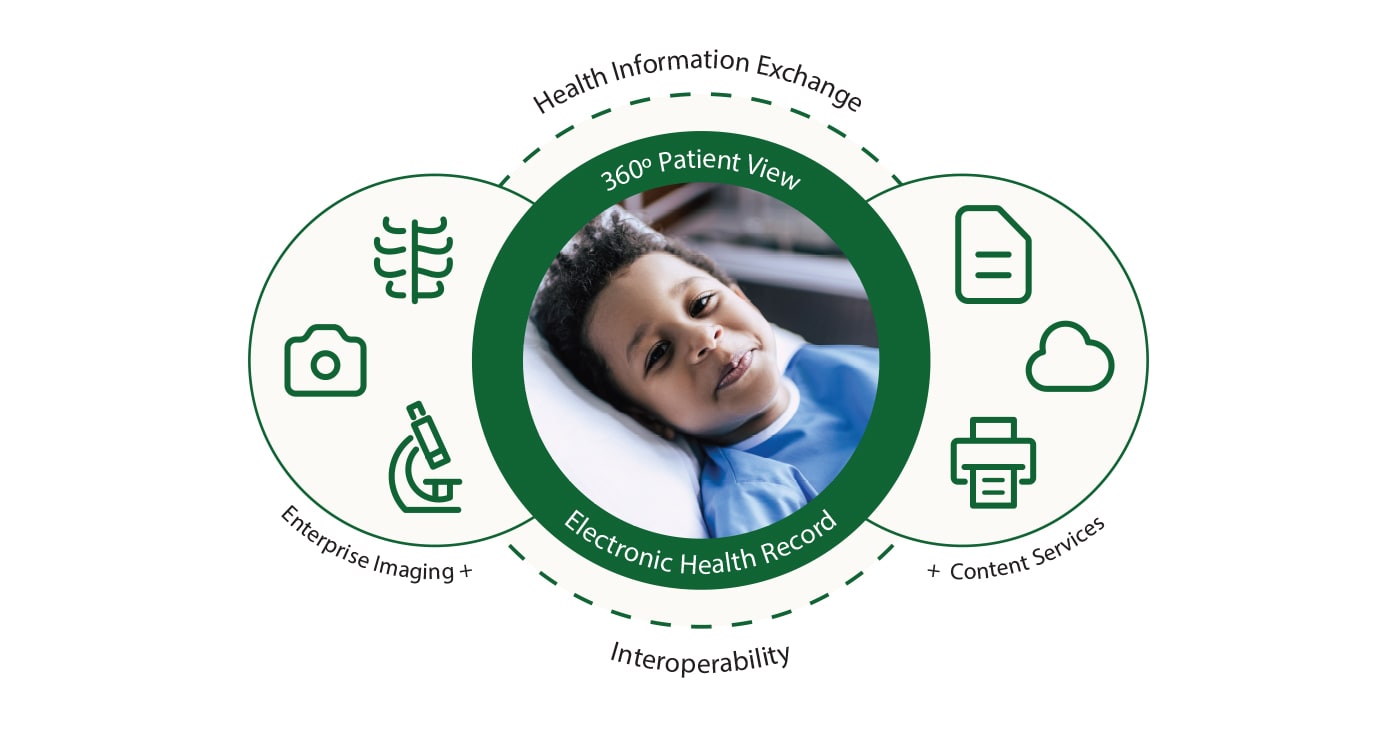How to Implement Healthcare RCM for a Smooth Revenue Cycle
How to Implement Healthcare RCM for a Smooth Revenue Cycle
Blog Article
A Comprehensive Guide on How Healthcare RCM Functions to Simplify Payment and Collections
Browsing the complexities of medical care revenue cycle monitoring (RCM) is important for providers aiming to boost their invoicing and collections procedures. The guide unloads the intricacies of RCM, from client registration to accounts receivable administration, providing understandings right into maximizing each action.
Comprehending Earnings Cycle Management
RCM is a vital management function that includes the entire monetary procedure of client treatment, from the initial appointment setting to the final payment of the equilibrium. It is an intricate procedure developed to determine, accumulate, and manage the earnings from the solutions offered to individuals.
The RCM procedure begins when a client timetables an appointment and prolongs through the person's care trip, consisting of invoicing and collections. A crucial goal is to lower the time in between offering a service and obtaining settlement, hence boosting the company's monetary health and wellness. RCM entails various features such as individual enrollment, insurance confirmation, fee capture, coding, declares submission, payment uploading, and managing allures and rejections.
Trick Parts of RCM
In the world of Revenue Cycle Management (RCM), understanding its crucial elements is fundamental to attaining monetary effectiveness within medical care organizations. RCM is an extensive process that includes numerous stages, each critical to making certain effective billing and collections. The main parts consist of individual enrollment, insurance policy verification, fee capture, coding, insurance claim submission, repayment publishing, and balance due administration.


As soon as coded, claims are submitted to payers, where accuracy is extremely important to stay clear of rejections or hold-ups - Healthcare RCM. Repayment posting includes recording the obtained payments, which enables the settlement of accounts. Lastly, balance dues management focuses on tracking and dealing with overdue cases, making sure timely follow-up and resolution
Each element of RCM is interconnected, and inefficiencies in any kind of component can interfere with the whole cycle. For that reason, grasping these aspects is vital for doctor to maximize earnings and enhance their monetary health and wellness.
Techniques for Reliable Payment

Systematizing invoicing treatments throughout the company is another vital technique. Establishing clear guidelines for documentation, coding, and submission helps preserve consistency and compliance with regulatory demands. Training team regularly on these procedures makes certain everybody is current with the most up to date modifications in payment codes and payer plans.
Accurate cost capture is crucial in stopping income leakage. Executing routine audits and surveillance systems permits for the identification and correction of discrepancies before they impact income. Additionally, keeping open lines of interaction with payers helps to quickly deal with any disagreements or misunderstandings that might arise.

Last but not least, engaging individuals early in the invoicing procedure by providing clear price quotes and instructional products regarding their financial visit our website responsibilities can substantially decrease confusion and improve payment timeliness. These techniques collectively contribute to a more economically healthy and balanced and effective billing system.
Enhancing Collections Procedures
Given the complexities of clinical billing and the range of payer demands, enhancing the collections process includes applying tactical measures that ensure precise and prompt repayment of solutions made. Automation devices can assist in dig this tracking insurance claim standings, sending out prompt suggestions to clients, and handling rejections a lot more efficiently.
Clear and transparent patient interactions are crucial. Giving comprehensive descriptions of costs and supplying flexible payment strategies can boost individual fulfillment and punctual repayments.
Regular audits of the collections procedure ought to be conducted to recognize areas for improvement and make sure compliance with guidelines. By examining data, health care organizations can determine fads, prepare for possible concerns, and adjust techniques as necessary (Healthcare RCM). Ultimately, a well-enhanced collections procedure not only sustains economic wellness yet likewise adds to a much more smooth experience for clients and team alike
Optimizing Profits Streams
Building upon the structure of a solid collections process, healthcare companies can even more bolster their monetary stability by strategically enhancing earnings streams. This includes a multi-faceted strategy, beginning with an extensive analysis of existing income resources to recognize inefficiencies and locations for growth. Utilizing innovative information analytics devices allows companies to gain understandings right into payer mix, client demographics, and service use patterns, enabling data-driven decisions that improve profits capture.
Implementing automated payment systems can substantially lower errors and quicken insurance claims refining, making certain that revenue is collected much more efficiently. Additionally, maximizing payer agreements through This Site regular negotiations can improve reimbursement rates and terms, directly affecting the bottom line. Diversifying service offerings, such as including telehealth or wellness programs, can also attract a wider person base, hence raising profits potential.
Another vital element is enhancing client involvement and contentment, as completely satisfied individuals are a lot more most likely to stick to treatment plans and make prompt payments. Providing versatile payment alternatives and transparent invoicing techniques can enhance collections and foster patient loyalty. Healthcare RCM. By adopting these strategies, medical care companies can create an extra durable monetary structure, making certain continual growth and security in an ever-changing industry landscape
Conclusion
In conclusion, medical care Income Cycle Management (RCM) plays a vital duty in enhancing payment and collections procedures by integrating crucial elements such as person registration, insurance policy verification, fee capture, coding, claims entry, and receivable administration. By employing sophisticated technology, systematizing treatments, and promoting patient involvement, healthcare companies can substantially reduce insurance claim rejections, accelerate settlement cycles, and enhance capital. This detailed method to RCM inevitably results in enhanced economic efficiency and sustainability for medical care organizations.
The RCM process begins when a patient timetables an appointment and prolongs with the person's care journey, including invoicing and collections.An additional important part is enhancing client involvement and contentment, as pleased individuals are extra most likely to adhere to treatment plans and make prompt settlements. Supplying versatile settlement options and clear invoicing methods can boost collections and foster person loyalty.In final thought, health care Profits Cycle Administration (RCM) plays a critical role in optimizing billing and collections processes by incorporating vital parts such as person enrollment, insurance policy verification, charge capture, coding, claims entry, and accounts receivable management. By using advanced modern technology, systematizing treatments, and cultivating individual involvement, medical care service providers can considerably decrease insurance claim rejections, speed up settlement cycles, and improve cash flow.
Report this page